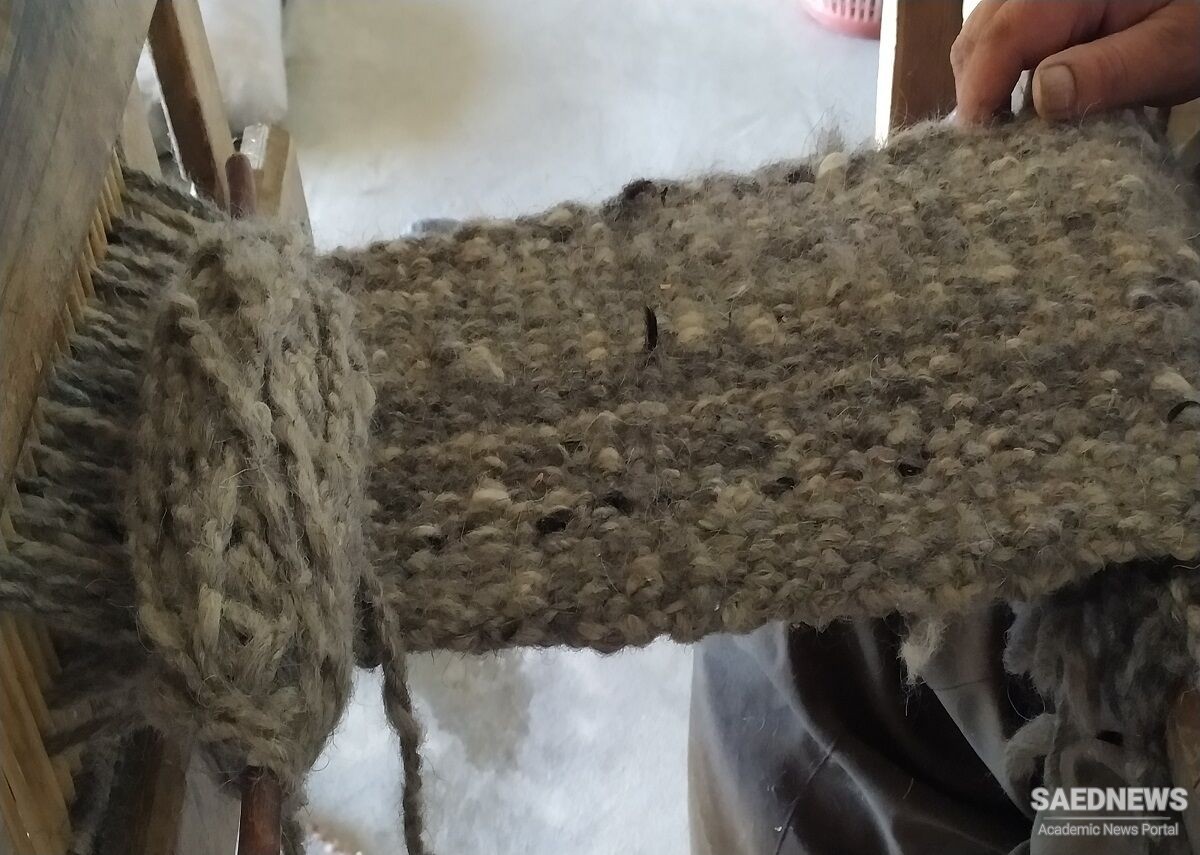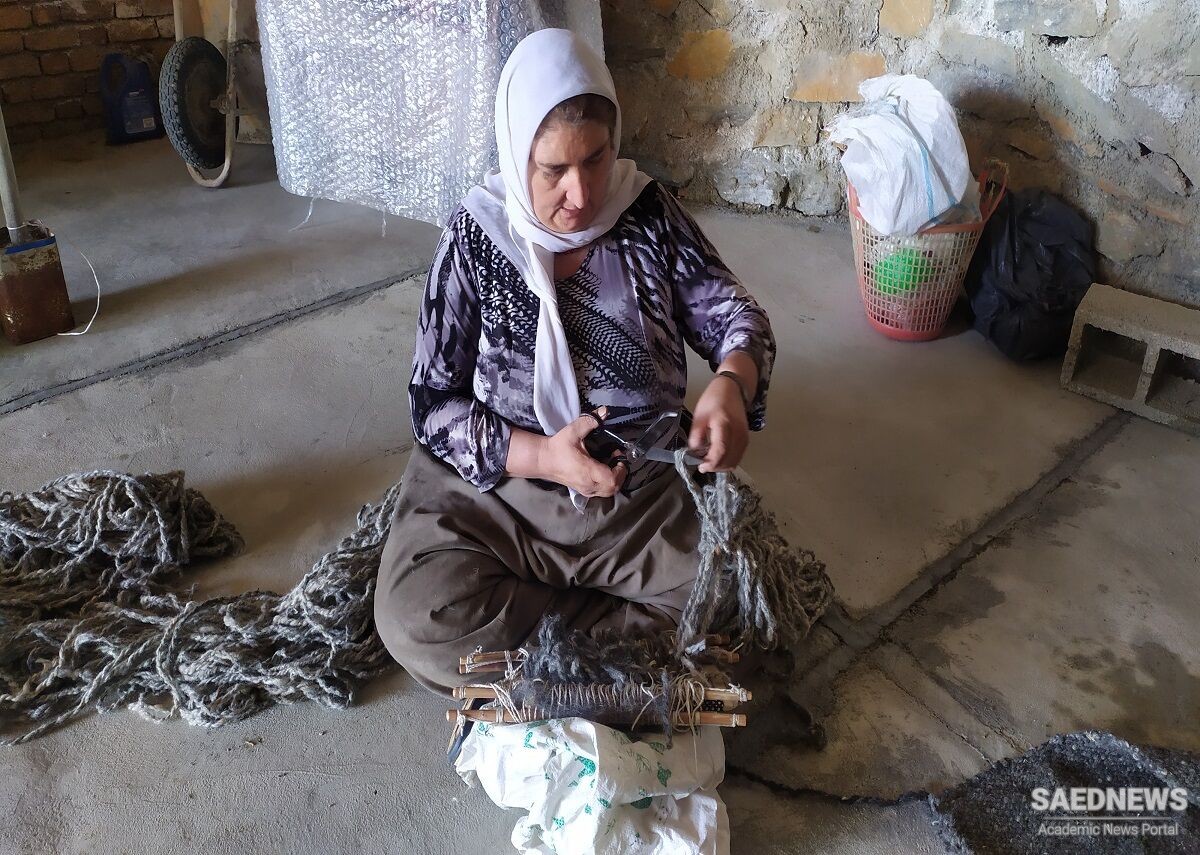In the early years of Qajar dynasty, however, Kashmir shawls that were produced in India entered Iran and for a long time they exceled the Iranian shawls because they had a better quality. But Iranian shawls were common thousands of years before Qajar in many cities such as Kerman and Mashhad. In fact, it was Iranian shawls industry that went to India and Kashmir shawl evolved from Iranian product. Eventually crafts of Iranian shawls enhanced from middle years of Qajar.
Therefore making shawls became more common in the villages, most of the nomadic and many of the urban people. Now the Iranian shawl had become a very serious rival of Kashmir shawl.
To make the shawls many workshops were developed. They were spacious rooms where numerous weaving machines were set up. These machines consisted of two rollers and two pedals that were installed inside a hole on the ground. In the past, it was usually children that worked as the weavers of the shawls because the mechanics of the weaving were very delicate and fingers of children were considered more capable of it. Most commonly handspun yarn were used. Iranian shawls were made in very big size, with a height of three meters and width of 11.4 meters. Today, shawls have adapted special culture and clothing traditions of the region where they are produced and evolved into unique pieces of clothing. Baneh, a city in province of Kurdistan, have seen the production of the traditional shawls from many years ago. Kurdistan shawls are considered one of the most prominent and famous crafts of Baneh. Kurdistan shawl is a menswear created from wool of a special species of goat named “Merkhez”.
The wool of this goat is very soft and curly. It takes eight separate and yet related steps to weave the shawls of which the hardest step is done by women. Weaving of the shawls has been practiced in Baneh for more than four hundred years and the high quality of used material has added to its success as a handicraft.



 Kurdistan Province, the Land of Cavalry and Art
Kurdistan Province, the Land of Cavalry and Art














































